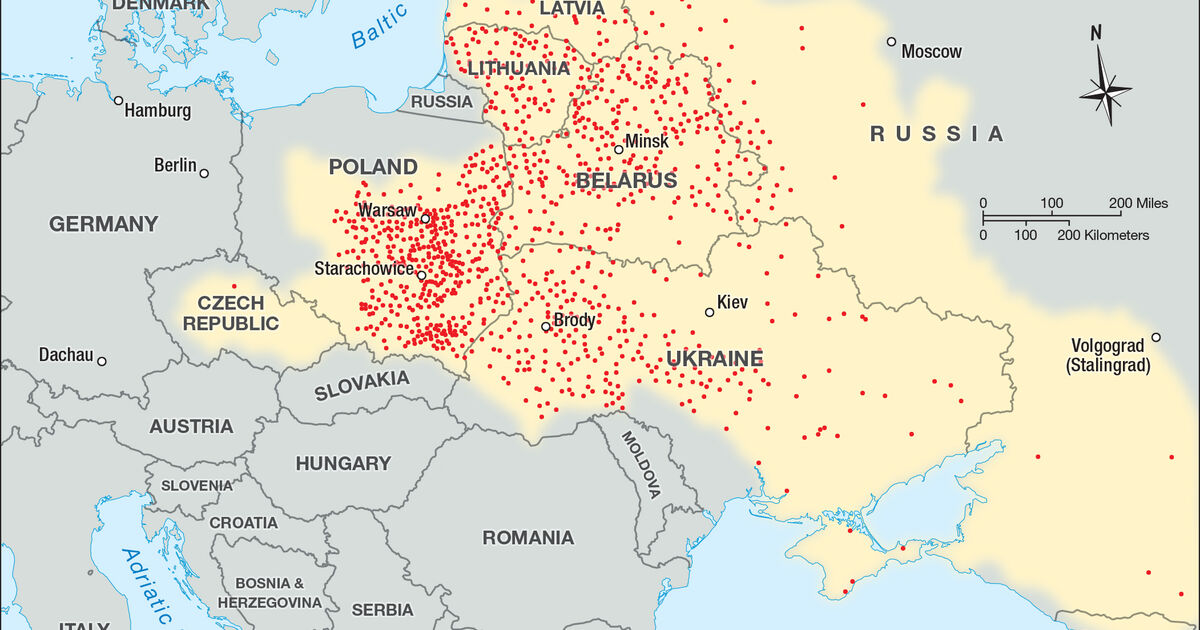bombsaway wrote:Rawa-Ruska was incorporated into the General Government in 1941, so this doesn't even contradict Goebbels' very short comment. Belzec was 5 miles east of Rawa-Ruska (and 10 miles away overall). This is significant to you somehow?
Whether or not Rawa-Ruska was incorporated into the General Government/Distrikt Galizien is functionally irrelevant in the context of the region being located to the east of each of the Reinhard camps. Orthodox Holocaust historians deny the use of the Reinhard camps for transiting Jews further east. If it can be shown that even a fraction of the Jews deported to the Reinhard camps were sent further east (which has already been demonstrated beyond a reasonable doubt by Thomas Kues), the entire narrative of the Reinhard camps, and by extension the Holocaust, falls flat.
They weren't indifferent at all. Regarding Galicia (the region Lvov was in), which you claim was a massive dumping ground for Jews from all across Europe, the Germans went to great lengths to "resettle" all these Jews over again -- as soon as they got there it would seem.
That wasn't my claim. That was the claim of French POW Paul Roser during the Nuremberg trials. My claim is not that Rawa-Ruska specifically was to become a Jewish settlement, or even a designated holding ground pending further settlement in Eastern Europe after the war. My claim is simply that Rawa-Ruska ended up becoming one of many regions in which Jews deported through the Reinhard camps ended up, temporarily or not. Roser's comment obviously is not specific enough to assess the actual number of Jews present there. The most significant aspect of his testimony is his claim that Jews from all the countries of Europe were present there, which is in stark contrast to official historiography, which is completely unable to explain the presence of foreign Jews in many of these regions.
The unfortunate reality is that we know very little of the hundreds of camps set up by the Germans to house the astronomical numbers of Jews being sent there throughout 1942 and early 1943. Only minor clues and traces indicate their presence in these regions, and the Germans evidently did not go to great lengths to document these provisional and often times extremely primitive open-air camps. As Kues highlights, this was very indicative of German policy fulfillment as regards ambitious projects throughout the war. A command from Berlin would often fall on local leaders to implement within a mere days or even hours, regardless of the human or logistical costs. In the case of the Jews slated for resettlement in Eastern Europe, the ambition was clearly for an orderly establishment of Jewish reserves in Eastern Europe after the war; these plans naturally fell through when the tide of the war turned against the Germans, and the millions of Jews who had been hastily crammed into primitive camps and temporary settlements were simply left to fend for themselves, escape or fall into the hands of the Soviets. Many undoubtedly died even before the Soviets ever reached former German-occupied parts of Ukraine and Belarus.




